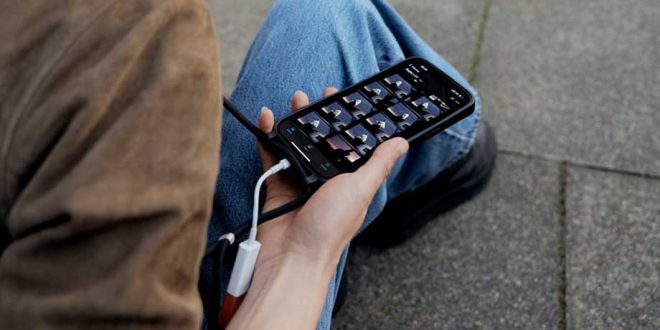Capture One is a powerful photo editing software that has been used by professional photographers for years. With the release of Capture One for iPhone, amateur photographers can now enjoy the same level of editing capabilities on their mobile devices. Here are five tips for using Capture One on your iPhone.
- Shoot in RAW : One of the biggest advantages of using Capture One on your iPhone is the ability to shoot in RAW format. RAW files contain more information than JPEG files, which means you have more flexibility when it comes to editing your photos. To shoot in RAW, go to the settings in the Capture One app and select “RAW” under the “File Format” option.
- Use the Histogram : The histogram is a graph that shows the distribution of tones in your photo. It can be a useful tool for making sure your exposure is correct. To access the histogram in Capture One, tap on the “Tools” icon and then select “Histogram.” If the graph is bunched up on one side, it means your photo is overexposed or underexposed. Adjust the exposure settings until the histogram is more evenly distributed.
- Experiment with Presets : Capture One comes with a variety of presets that can be applied to your photos with just one tap. These presets can be a great starting point for your editing process. To access the presets, tap on the “Styles” icon and then select “Presets.” From there, you can scroll through the different options and see how they affect your photo.
- Use Layers : Layers are a powerful tool in photo editing because they allow you to make adjustments to specific parts of your photo without affecting the rest of the image. To add a layer in Capture One, tap on the “Layers” icon and then select “New Layer.” From there, you can make adjustments to the layer and see how they affect your photo.
- Save Your Edits : Once you’ve finished editing your photo in Capture One, make sure to save your changes. To do this, tap on the “Export” icon and then select “Save to Camera Roll.” This will save a copy of your edited photo to your iPhone’s camera roll.
The Benefits of Using Capture One for iPhone Photography
Capture One is a powerful photo editing software that has been widely used by professional photographers for years. However, with the release of Capture One for iPhone, the software has become more accessible to amateur photographers and enthusiasts. In this article, we will discuss the benefits of using Capture One for iPhone photography.
Capture One for iPhone offers a wide range of editing tools that allow users to enhance their photos in various ways. The software includes basic editing tools such as exposure, contrast, and saturation adjustments, as well as more advanced tools such as color grading, noise reduction, and sharpening. These tools enable users to fine-tune their photos and achieve the desired look and feel.
Capture One for iPhone offers a user-friendly interface that is easy to navigate. The software is designed to be intuitive and straightforward, making it accessible to users of all skill levels. The interface is also customizable, allowing users to arrange the editing tools according to their preferences. This feature makes the editing process more efficient and streamlined.
Also Read: How Can Apple Vision Pro for Graphic Design
Capture One for iPhone offers a range of presets that can be applied to photos with just one click. These presets are designed by professional photographers and are based on various styles and moods. They can be used as a starting point for editing or as a final touch to achieve a specific look. The presets are also customizable, allowing users to adjust the settings to their liking.
Capture One for iPhone offers a seamless workflow between the iPhone and desktop versions of the software. Users can edit their photos on their iPhone and then transfer them to their desktop for further editing or printing. The software also allows users to sync their edits across devices, ensuring that their photos are consistent across all platforms.
Capture One for iPhone offers a range of export options that allow users to share their photos on various platforms. The software supports exporting to social media platforms such as Instagram and Facebook, as well as cloud storage services such as Dropbox and Google Drive. Users can also export their photos in various file formats, including JPEG, TIFF, and PNG.
 AksaraHijau.Id Kreatif, Inovatif dan Menginspirasi
AksaraHijau.Id Kreatif, Inovatif dan Menginspirasi



